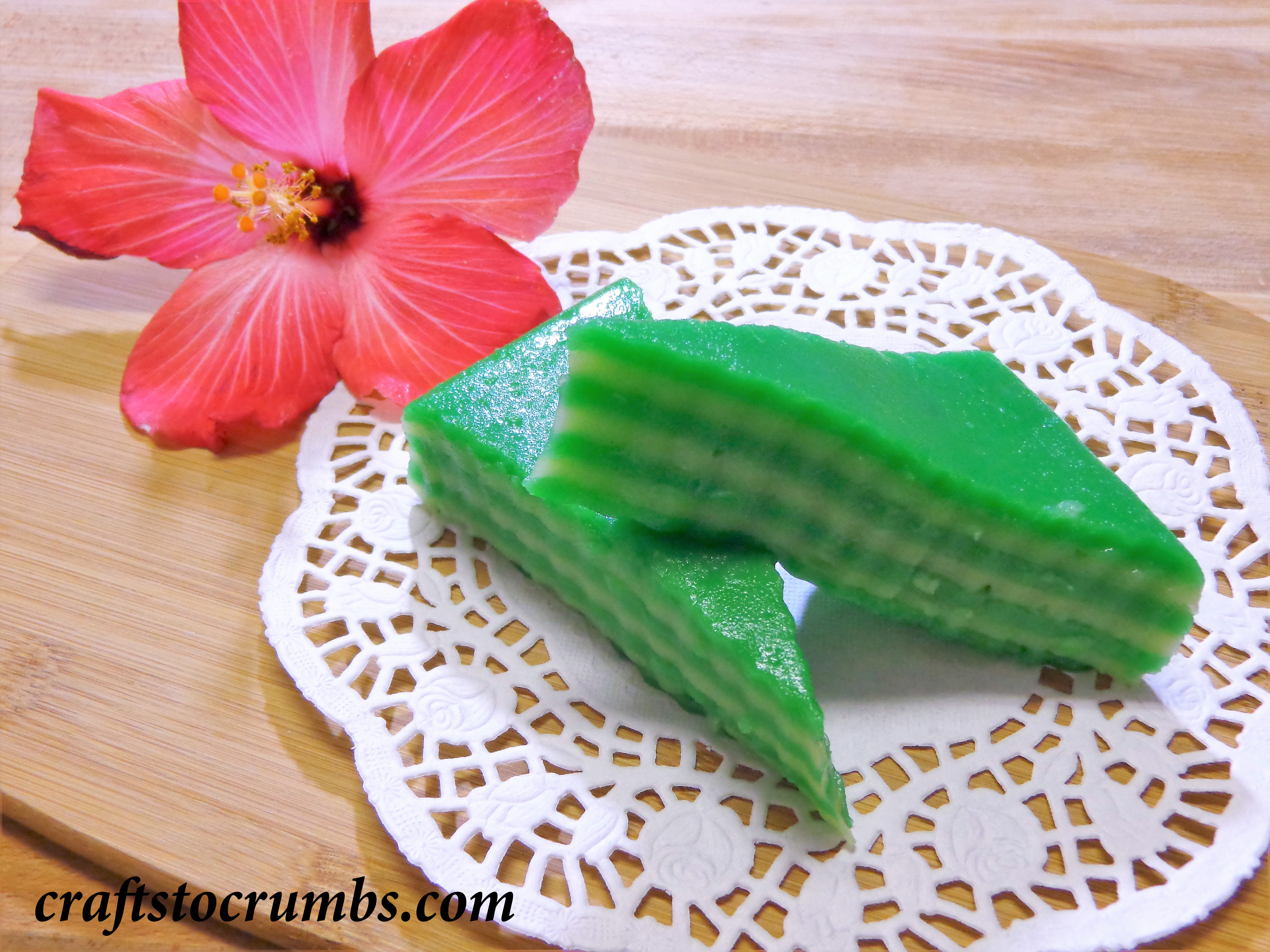Salee Haw Kaab
Salee haw kaab, which literally translate to corn wrapped in husk is a lesser known Lao dessert made of sticky rice, coconut and corn. The ingredients are traditionally pounded together in a mortar and pestle, sweetened and then steamed. It’s similar to khao thom, which is the coconut sticky rice with banana parcels steamed in banana leaves, but the sweet corn and husk brings a different flavor profile. The best part is that this is such and easy recipe with few ingredients and made even easier with a food processor.
When I say, it is a lesser known dessert, I’m not sure if that’s true or not. However, when I try to search for the dessert, it doesn’t seem to exist. There are a few sweet tamale recipes that come up in searches and this dessert does remind me of a sweet tamale, but there’s an ingredient in there that makes it quintessentially Lao and that’s the sticky rice.
Also, the younger generation aren’t very aware of this dessert, which is why I want to share it. Salee haw kaab is the dessert of my childhood. We grew up in California, where farmers or farm workers would come by with pick-up trucks full of excess corn. They’d sell corn, 10 for $1.00. And you know that we still try to haggle and get it down to 12 for $1.00 (at least). And we rarely buy only a dollar’s worth. Needless to say, we had a ton of corn to eat and mom would always make this dessert. Salee haw kaab was synonymous with summertime. Best part is, they freeze very well and lasted well past summer.
Few notes:
- We used to pound the rice and corn in a mortar and pestle. Although, I use a food processor to make quick work of the process. There’s nothing wrong with doing things the old fashion way if you like or if you don’t have a food processor.
- If you run out of corn husks to wrap, you can use store bought corn husk, banana leaves or use sheets of aluminum foil, which you probably have in your kitchen.
- I like to save some of the corn kernels whole, just to have that textural component. This is not necessary, you can process them all if you like.
- You can grate your own coconut. Add about 2 cups to the recipe if using fresh grated coconut.
- These freeze very well. To reheat, you can re-steam for about 10-15 minutes or pop them into the microwave or just let it thaw in the fridge and enjoy it thawed.
Salee Haw Kaab
yields: 3 dozen
2 cups uncooked sticky (glutinous) rice
4 ears of corn
1 (8oz) package of frozen scraped coconut (thawed) – 1 1/2 – 2 cups
2/3 cup sugar
1 teaspoon salt
¼ cup rice flour
- Rinse and soak sticky rice overnight or at least 4 hours. Rinse with a couple rinses of water and drain.
- Prepare corn by first removing outer most husks and discarding them. Carefully remove the inner husks, wash and set aside. Remove the silk from the kernels. Cut the kernels off the cobs.
- In a food processor, add the drained rice and pulse a few of times. The rice will be very coarse. Add most of the corn, saving some for textural contrast. Also add scraped coconut and pulse until you get a coarse cornmeal like texture (it will be wet though). Pour the mixture from the from the food processor into bowl with the remaining corn.
- Add sugar and salt. Finally, add the rice flour and make sure to incorporate well. This will help bind.
- To form parcels, take a heaping spoonful of the corn mixture and place in the center of a cleaned husk. Fold the sides in over the mixture and fold long end in to cover the crease. Arrange parcels on steamer trays. Steam for 40-45 minutes. Serve warm or cold.




Hi. Do you cook the corn before putting in the food processor? Thanks
Hi. No the corn is not cooked beforehand. It is steamed with the rice and coconut mixture later in the process.